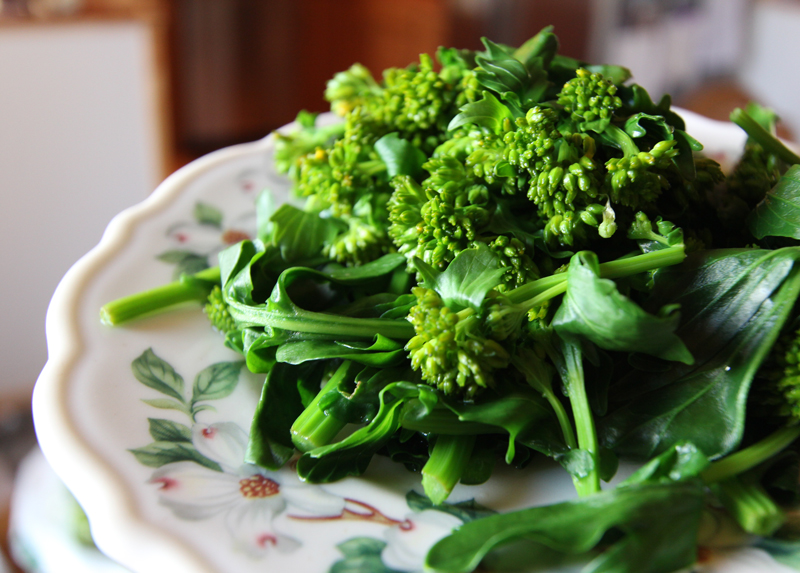
Wintercress is a lovely spring vegetable, ready in late April to early May on the plains, and mid to late May in the high country. The funny thing is, before I knew how to prepare it, I used to force feed it to myself. It was edible, after all—well-liked in some circles—and yet, it was painfully bitter. But I thought: Surely, I could like it too.
Euell Gibbons wrote a chapter on wintercress (Barbarea vulgaris, B. verna) in Stalking the Wild Asparagus (1962), where he described its popularity among his Italian-American neighbors: “Where I live in suburban Philadelphia, the first sign of spring is not the returning wild geese winging high, nor the robins on the lawn. These harbingers are always preceded by the Italians … [gathering] Winter Cress from fields and ditches.”
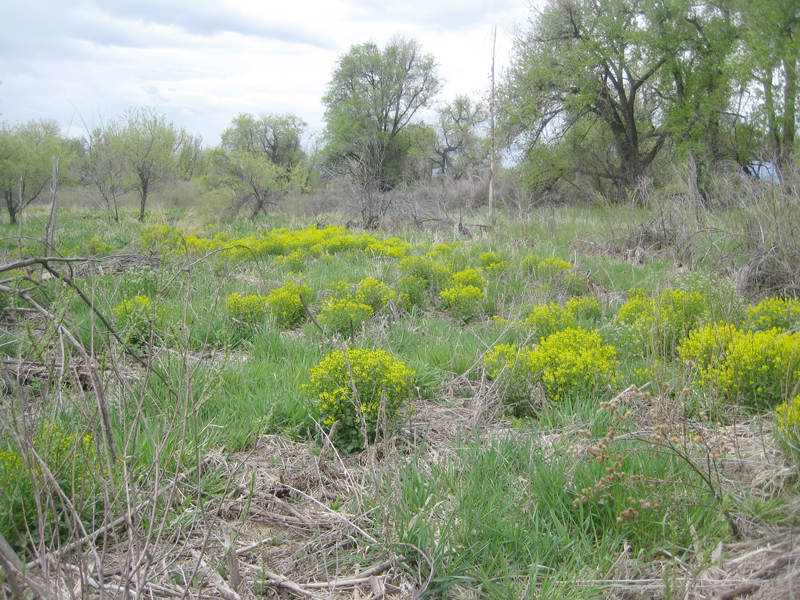
Following that is an essay on how suburbanites are missing out on a good thing when, in their smug superiority over rummagers, they pay “exorbitant prices for tasteless greenhouse produce and week-old vegetables from Florida or California, and never realize that they have driven their station wagon past tons of much better vegetables on the way to the supermarket.” It’s funny how the opposite seems true today—foraging has become so stylish that now it’s the fancy people you always hear about doing it.
In any case, this image of people heading out in spring to gather wintercress as part of a long-held cultural tradition captivated me for a while. So, I set out to learn the plant.
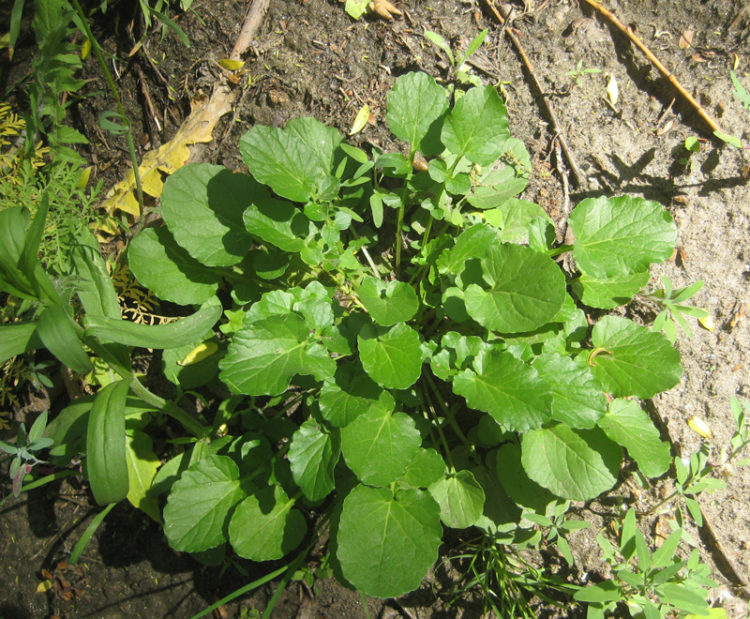
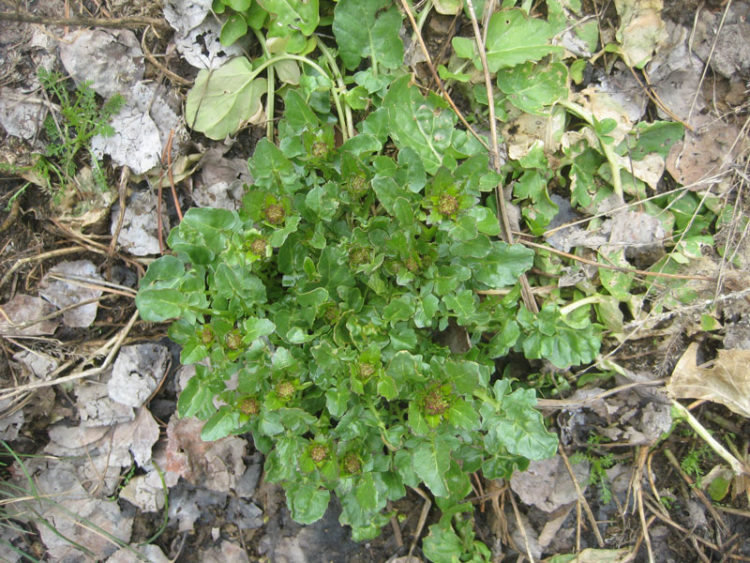
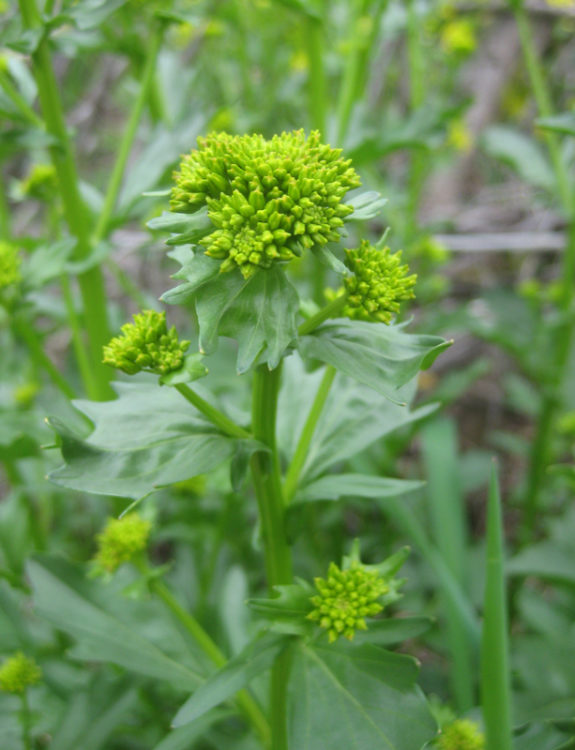
Knowing Wintercresses
Wintercresses are early spring mustards that produce a basal rosette of rubbery, thickish leaves in which the terminal lobe is large in comparison to the smaller, opposite lobes that precede them, similar in form to arugula.
From the rosettes emerge one or more ridged flower stems when the plants bolt. Flower bud clusters form early, then rise up with the growing stems, spreading apart into smaller bud clusters after that. The leaves clasp the stem and are borne alternately. They change in shape from their basal rosette form to somewhat arrowhead-shaped near the top, John Kallas explains in Edible Wild Plants (2010), which has a great chapter on wintercress. The small yellow flowers open next to the buds in racemes—the term for mustards’ characteristic squirrel-tail form—and the seedpods that follow are long, skinny, two-parted pods that dry out and break apart to drop their tiny seeds.
The wintercresses are so-called because they overwinter, going into a vegetative state in the cold season and then coming back to life when temperatures rise. In some regions, basal wintercress leaves can be foraged in late February and early March (Gibbons, 1962).
Much of the lower elevation wintercress (5,000-6,000 feet) in Colorado bolts by early May. A good deal of it may be in flower at the same time—which is a great way to locate it. One year I found a beautiful field of wintercress in a Parker/Aurora area floodplain. The bright flowers helped me recognize it, and then, wandering through, I found enough plants with unopened bud clusters to get a grocery bag of buds and attached soft stems.
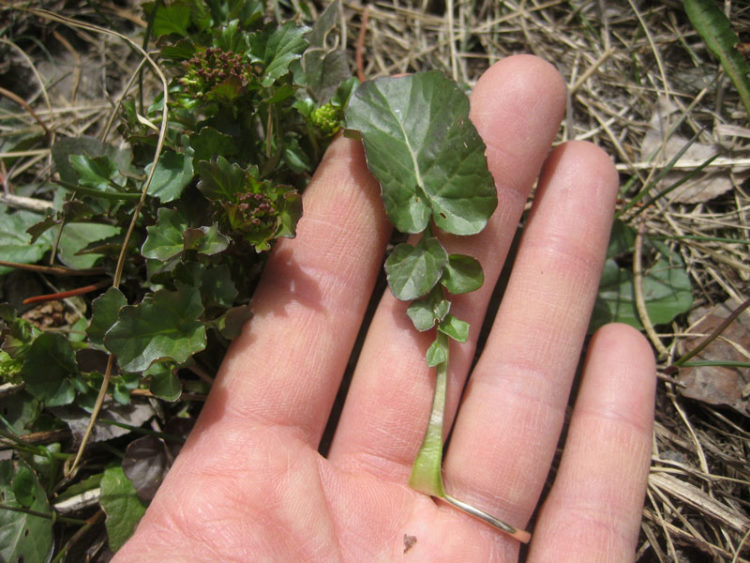
Wintercress Species
Two edible wintercresses are generally discussed in the wild food literature. One is the common wintercress (Barbarea vulgaris), which is found, sometimes in great abundance, in temperate zones throughout the world. Another is creasy greens or Belle Isle cress (B. verna), which has been cultivated for its greens but also occurs growing “wild” as an introduced species. It is most popular as an edible in the southeastern U.S., though it occurs throughout the eastern U.S. and also on the Pacific Coast (USDA). B. vulgaris has 2-4 pairs of smaller lobes under the terminal lobe, whereas creasy greens generally have more pairs of these small lobes.
In Colorado and regions west, we are also supposed to have the native species B. orthoceras, referred to by the common name American wintercress. According to the USDA Plants Database, American wintercress is also found as a rare plant in northern New England, and occurs in a band of northern U.S. states and throughout Canada. I have been chasing B. orthoceras for some years now but the floras conflict and I am just not certain whether I’ve found it, or whether I just keep finding the non-native B. vulgaris. Regardless, they are equally edible. Our local species grow in riparian zones and runoff or flood-fed wet areas from low elevations to high.
Choking It Down
Once I learned to identify wintercress, I started trying to eat it. I say “trying” because it is so darn bitter. I prepared the young rosette greens steamed and stir-fried, and each time the results were not just bad, they were inedible. I nibbled raw leaves and bud clusters too. This helped me understand where Oliver Perry Medsger was coming from when he penned his 1939 complaint: “It has a bitterness that to me is not altogether pleasant.”
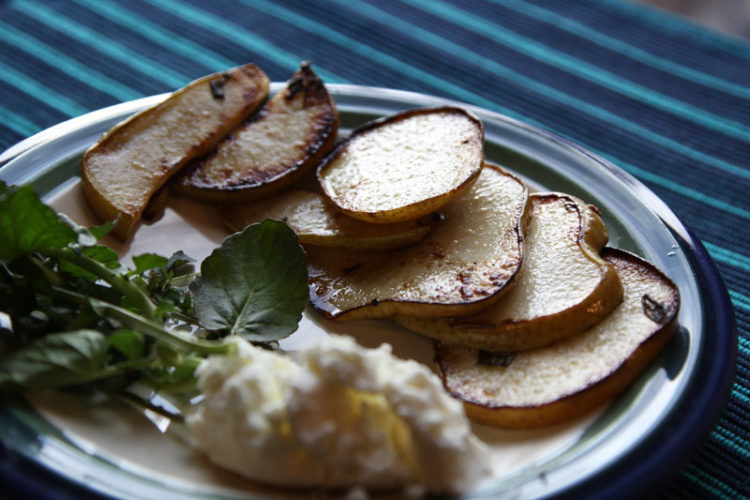
My friend Butter took to calling it “ickycress” after several unhappy tastings, which transmuted at some point to “nastycress.”
“To be edible, the leaves of winter cress must be gathered early, while the weather is still cold,” Gibbons writes. So that could have been part of my problem. However, even the leaves I gathered in the high country while they were tiny and purple still required eating with cream cheese and jam and a whole lot of positivity to tone down the bitterness–not only of the leaves but also my attitude.
Now I Love It
Well, as it turns out, all I had to do was boil the plant in an open pot to dispel the bitterness, a re-read of Kallas’ chapter revealed. Never mind the two boils in changes of water that some authors recommend if you can’t stomach the “dilute-leaves-with-other-ingredients” method for salads or stir fries. I find all I have to do is drop the wintercress into boiling water in an open pot for one or two minutes, rinse with cold water to stop the cooking, and then it’s ready for whatever preparation I want. And it’s very good!
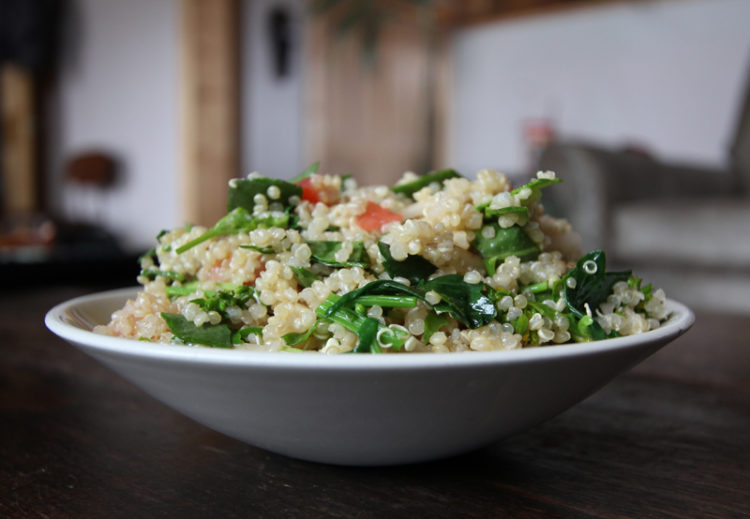
I like to use the leaves or the unopened bud clusters and top 2 inches or so of soft stem. It’s slightly more bitter if the clusters have started to spread apart, but it’s nothing a dash of lemon juice can’t fix.
Unlike some of the other mustards I’ve eaten, wintercress leaves and stems are smooth instead of finely hairy. They are also thick and juicy. Truth be told, I really have come to crave wintercress. And I’m happy to have figured out another nice wild vegetable that is tasty, abundant, and practical to forage. Snooty suburbanites take note—this a pastime well worth emulating!
UPDATED 5.1.20

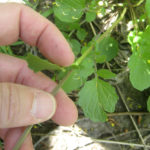
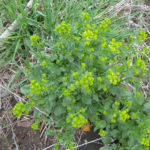
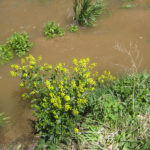
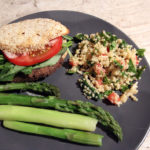
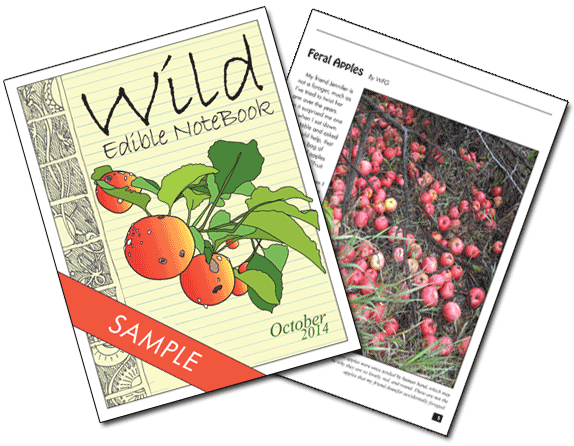
really great!
I’ve collected and enjoyed Barbarea verna for about 40 years now but never collected B. vulgaris. Over the years, I’d occasionally nibbled a little of the vulgaris and always found it too bitter to eat, so I passed it by. This past weekend while I was out on an unsuccessful squirrel hunt, I came across a patch of the vulgaris that looked too nice not to gather, so I picked some. On a hunch, I inadvertently did exactly as you described- just blanched them for a minute or so in boiling water and drained them. My thought process had been along the lines of dealing with greens that are too bitter and which might benefit from one or more boiling and draining, but after I tasted a bit, I was shocked at the transformation- no further processing needed. Tonight I’m going to toss them in a pan with a little garlic & olive oil, them squeeze some lemon juice over them. These are definitely going to be high on my list of favorite foraged greens.